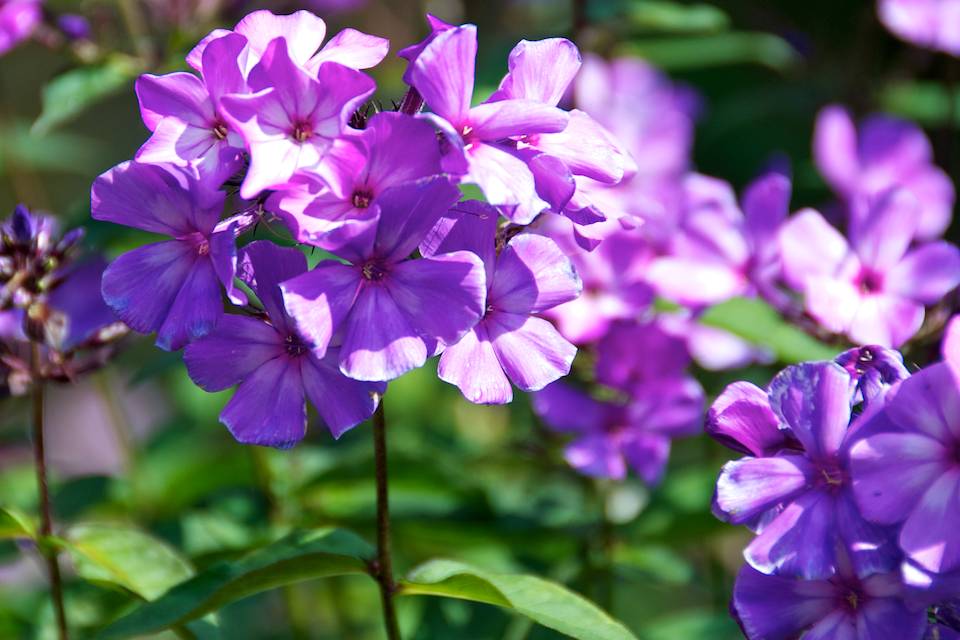Encouraged by Rachel (thank-goodness-my-husband-wasn’t-watching) de Thame’s, notable report on Gardener’s World in early June, the Greenhouse borders were subjected to their first ever Chelsea Chop. Since, their infamous crew cut, progress has been carefully monitored by yours truly, to gauge the chop’s efficacy. No need to explain that this experiment has absolutely no lab coat & clipboard gravitas, though the results are interesting and will dictate next years approach.
Just to recap, in the first week of June, the Asters, Sedums, Eupatoriums, Veronicastrums, Chelone and Phlox all had the Colin-Crosbie-50%-off short back and sides treatment. Progress recorded in July, showed, varied levels of regrowth, with the Phlox, Asters, Sedums, Eupatoriums, and Chelone leading the way, and the Veronicastrums trailing behind substantially. Since then, this pattern has continued, where apart from the Veronicastrums all put on full regrowth.
Both varieties of Sedum; Sedum Spectabile Brilliant and Sedum Matrona, have much enjoyed their chop. The resulting plants are more upright than before, no sign of flopping over as was customary, and all with abundant flowers. Their delayed flowering is really beneficial at this time of season, as the Sedum Spectabile Brilliant, has just come into flower and the Sedum Matrona, still in bud, to follow shortly. I may just have been dazzled by their stunning flowers, but it does seem that despite their being somewhat shorter, and smaller flowering heads, there do seem to be many more of them. The result is lovely and consequently, all the sedums will be subjected to many a Chelsea Chop in the future.
The fastest recovery title is certainly to be bestowed on the Eupatorium and Aster varieties. Similar results should not be surprising, as they are both members of the Asteraceae family. In the border we have both Eupatorium Maculatum (Atropurpureum group) and Eupatorium Chocolate (renamed Ageratina altissima Chocolate). Both Eupatoriums have done well, set upright new growth and have bushed out beautifully. Most are still in bud at this time, but the odd flowers are appearing.



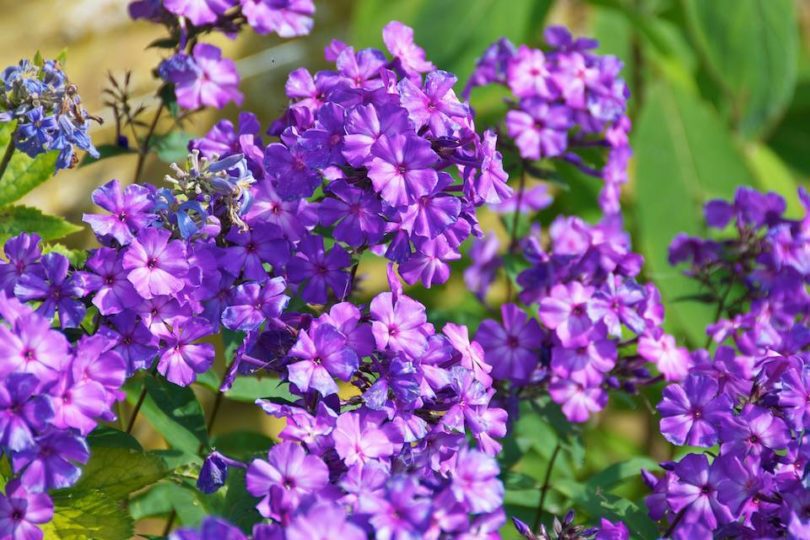
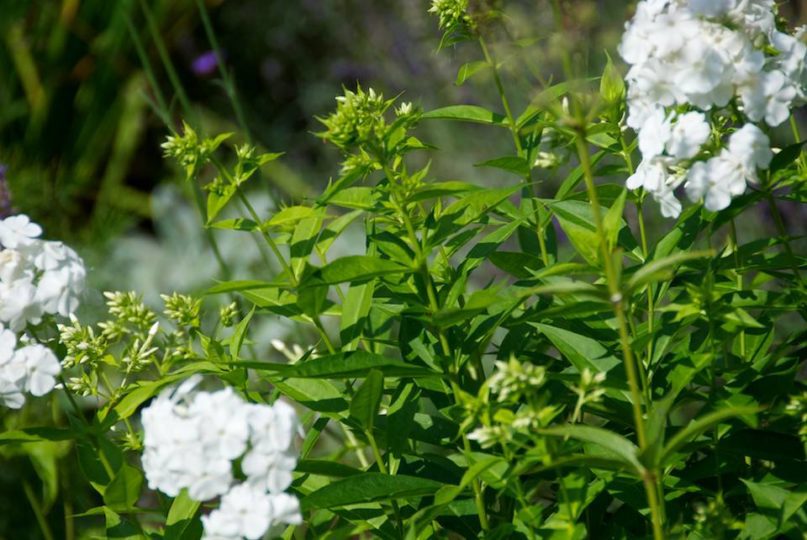
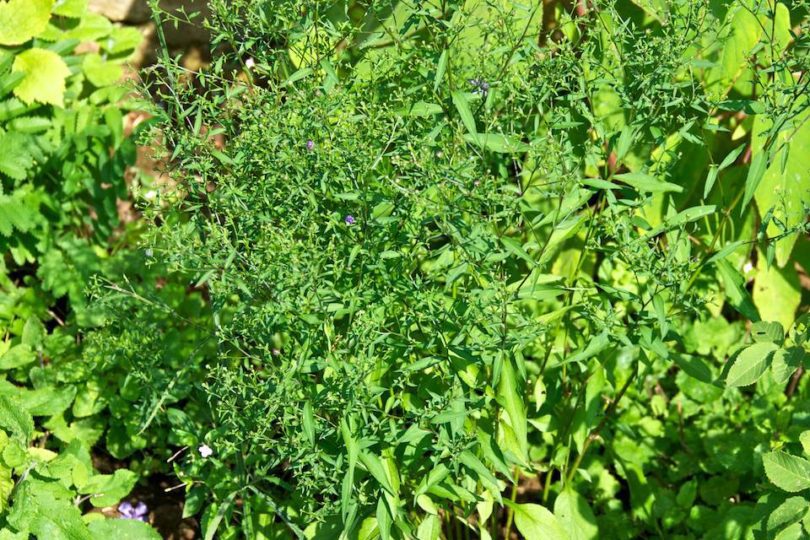
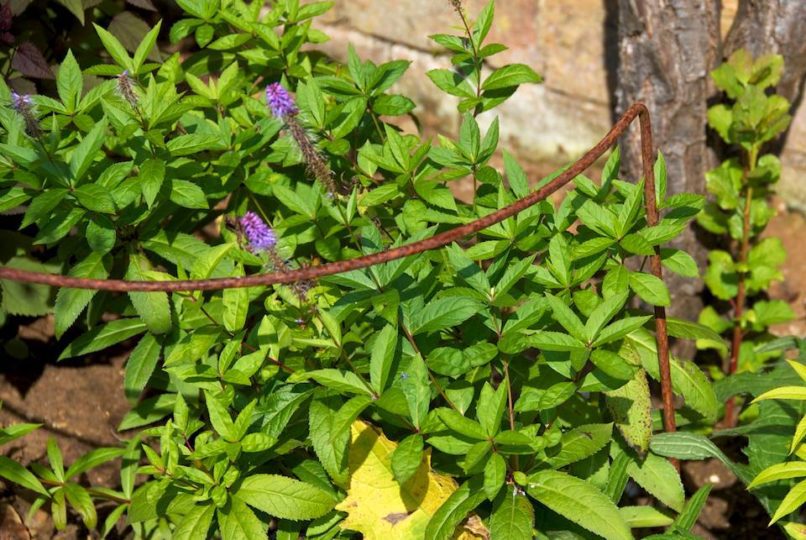
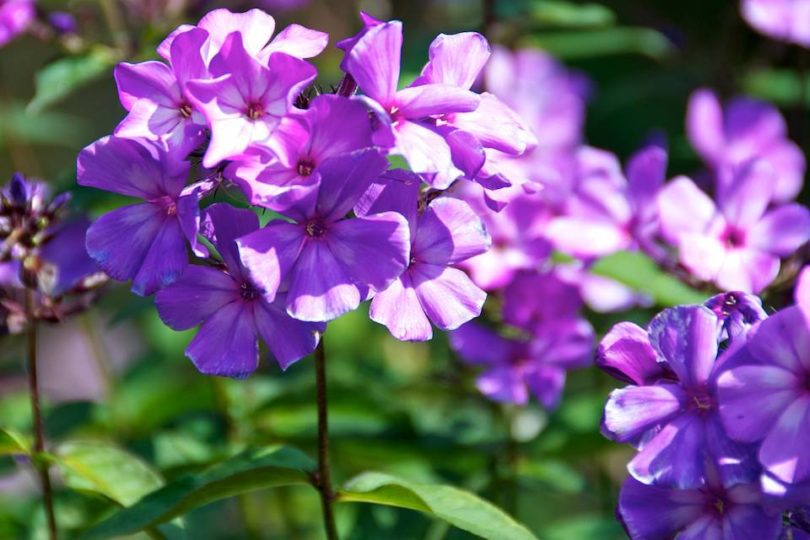
It is still early days for Asters, though they so seem to have enjoyed their chop. Just two Asters grace our border, planted early spring this year; Aster Little Carlow and Aster Lateriflorus Lady in Black. This being their first year in the border, I am unable to compare results, but since the chop in June, both have bushed out beautifully and are covered in throng of buds. Their display should be imminent.
The Chelsea Chop stars have to be the Phlox. The result is wonderful, and compared to their non-Chelsea Chop past, they are far more upright and strong enough to withstand strong winds. The flowers are smaller, but there are more of them. The plants look so good, that it makes one wonder, why it wasn’t ever done before.
There are clear variations in the rate of regrowth between the two varieties; Phlox Paniculata Blue Paradise and Phlox Paniculata David. The latter was quicker off the mark, though slower to produce flowers. Blue Paradise started off very slow indeed, but first to delight with a flood of blue flowers. Either way, delighted with the results.
So far so good, although as alluded before, not everything has come up roses. The Veronicastrums have simply hated their chop. Their regrowth solely consists of thin weedy little side shoots, and the plants have therefore not really grown beyond the point of the initial cut. Thinking I had lost plot, the original Gardeners’ World report has been revisited more times than necessary, which (re)confirmed that Veronicastrums certainly are Chelsea Chop candidates. Despite some research, it is still unclear as to why they have not recovered as their fellow neighbours. Perhaps it was timing? Should they have been chopped much earlier? Or could it be that Veronicastrums require more intensive post-surgery care? Was it our dry spring and subsequent summer? It would be interesting to know if Colin Crosbie’s Veronicastrums at RHS Wisley fared better, though somehow I suspect they did. If not, I am sure they had ample replacements to make up for it!
Overall, the result of the Chelsea Chop has been very pleasing indeed. Plants have recovered, producing shorter, but stronger growth and producing smaller, but more flowers, at the desired later stage in the season. The latter being particularly advantageous, where active plants and colour is very much needed in the border at this time. Furthermore, since the chop back in spring, every time one looked at the border, the idea that ‘more’ was yet to come, was delightful. A sentiment, I am still enjoying to date. All good news, apart from one much loved plant. Having been reduced to almost ground dweller status, the Veronicastrums have and continue to be sorely missed in the border. They are a wonderfully statuesque plant, providing great interest and are very much the backbone to the border.
Whilst recording the progress of the plants, the rate at which they recovered was most interesting. For next year, I did plan to do the chop more gradually, but will now also take into account the time they need to recover and consequently to flower. So come Chelsea 2012, the Sedums and Phlox will be the first up for the chop, then Eupatoriums and Asters. As for the Veronicastrums, I promise, no secateurs will ever go near them again!
